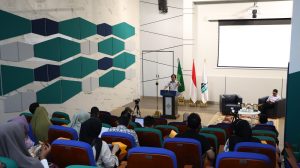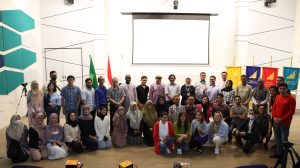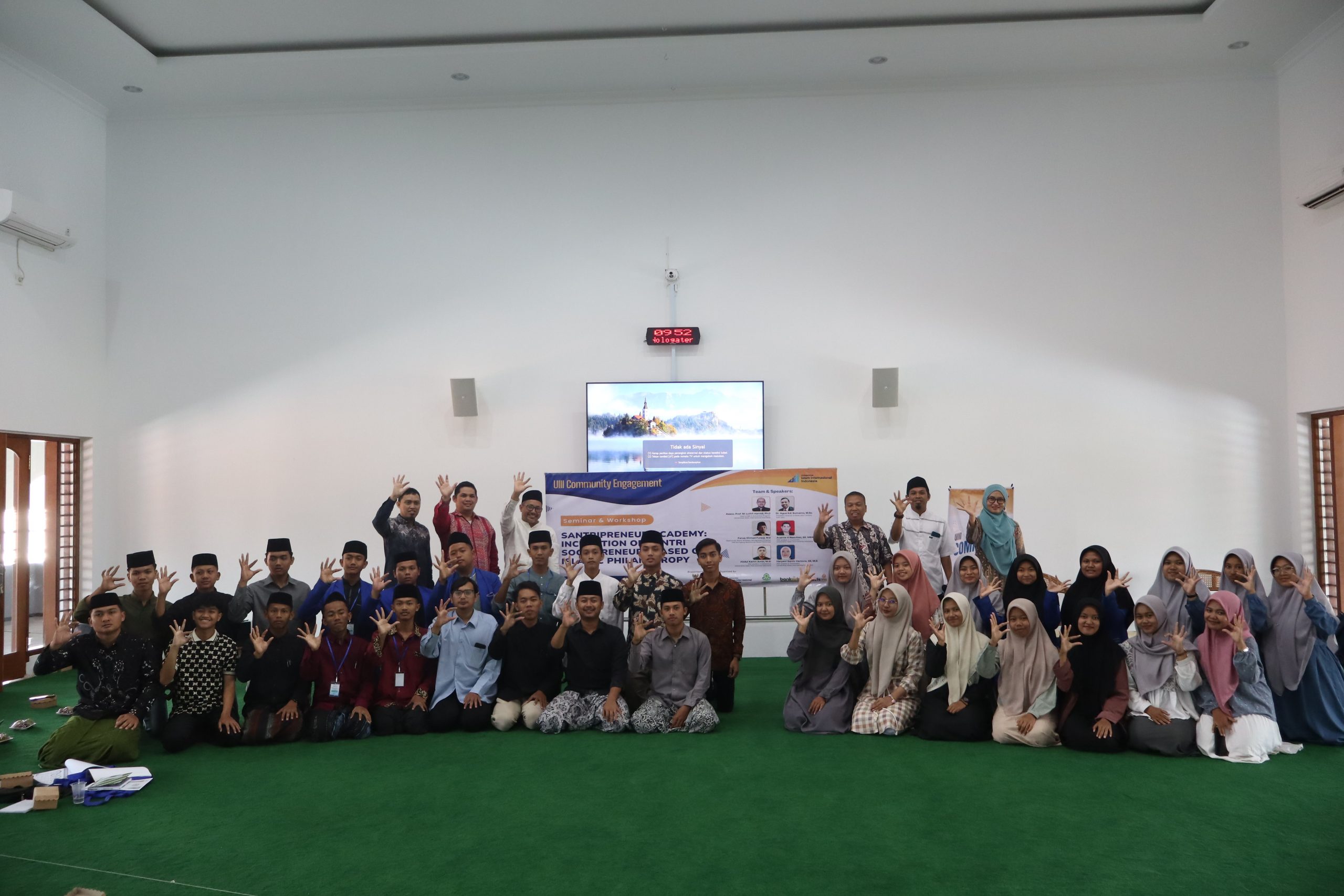
Significant rates of unemployment become one of factors stimulating the migration of people to other countries with more reassuring wages for fulfilling their family welfare. Ironically, failing to find good-quality intermediaries, these workers, women in particular, are highly vulnerable to abuse (verbal to physical) with less protection insurance. Indonesia with its migrated women workers have been notorious with various cases of abuse in designated countries which then underline how to mitigate such phenomenon. Dr. Firman Witoelar, in his presentation for the fifth Econ Insight, explored how influencing the information friction, and intermediaries (government, sponsor and agency) to the betterment of workers and the flow of international migration.
Taking place in Theater A building, he depicted the portrayal of low-skill Indonesian women workers, and their consent regarding the genuine working conditions, working hours, to be fit with employers and colleagues as well as the employer likelihood to honor the contract. Initially stated, intermediaries have a vital role in reducing workers abuse during their stay abroad. Intermediaries, classified into substantive, moderate and limited, may accompany their clients or potential workers with some services, ranging from pre-departure training, migration preparation, employer quality determination to simply wages information which is commonly set by legislation of the destination country and/ or the type of the occupation. Additionally, workers are in need of valid information with respect to high-quality paid jobs and positive-rated intermediaries which when it is unachievable, will result in the growing gap of income inequality and other expected macro negative impacts.

Dr. Firman, in his from-2015-until-2019 research, attempted to fill the gap by interviewing approximately 7000 migrants spread in 400 study villages. This, becoming the first intervention, is to filter the overall performance of workers agencies in terms of wages, departure preparation and quality of life abroad from migrants’ experience. Reports consisting of only 30 agencies rated are then included as the second intervention and these are based on departure preparation, monetary and non-monetary experience overseas. The difference between the first and second intervention is that the earlier is qualitative-based, while the latter is quantitative. Furthermore, in the light of the shape, both are infographic and report card respectively. He, further, divided some villages were supplied with only control groups, and some other were with infographic + report card. The other 98 villages and 101 villages were provided with infographic + comic and infographic + comic + report card respectively. These instruments, as he emphasized in Q&A sessions, are vital as a medium to gauge to what extent the workers could be swayed and change their behavior as well as migration-related decision making, from choosy migrants to gung-ho ones.

To conclude his 4-year research presentation, Dr. Firman revealed that there is a significance on how women workers are becoming more cautious when given adequate information on job providers quality. Moreover, the practical implication of this study is proven to reduce the migration rate with the fact that better preparations are carried out beforehand to make sure of having better overseas working experience. Considering the policy recommendation, he emphasized that it is not sufficient for the government to only provide agency rating based on the fulfillment of check-listed standards taken at initial agencies administration survey but also improving the flow of information in sequential search markets albeit slowing down the “transactions” rate.


